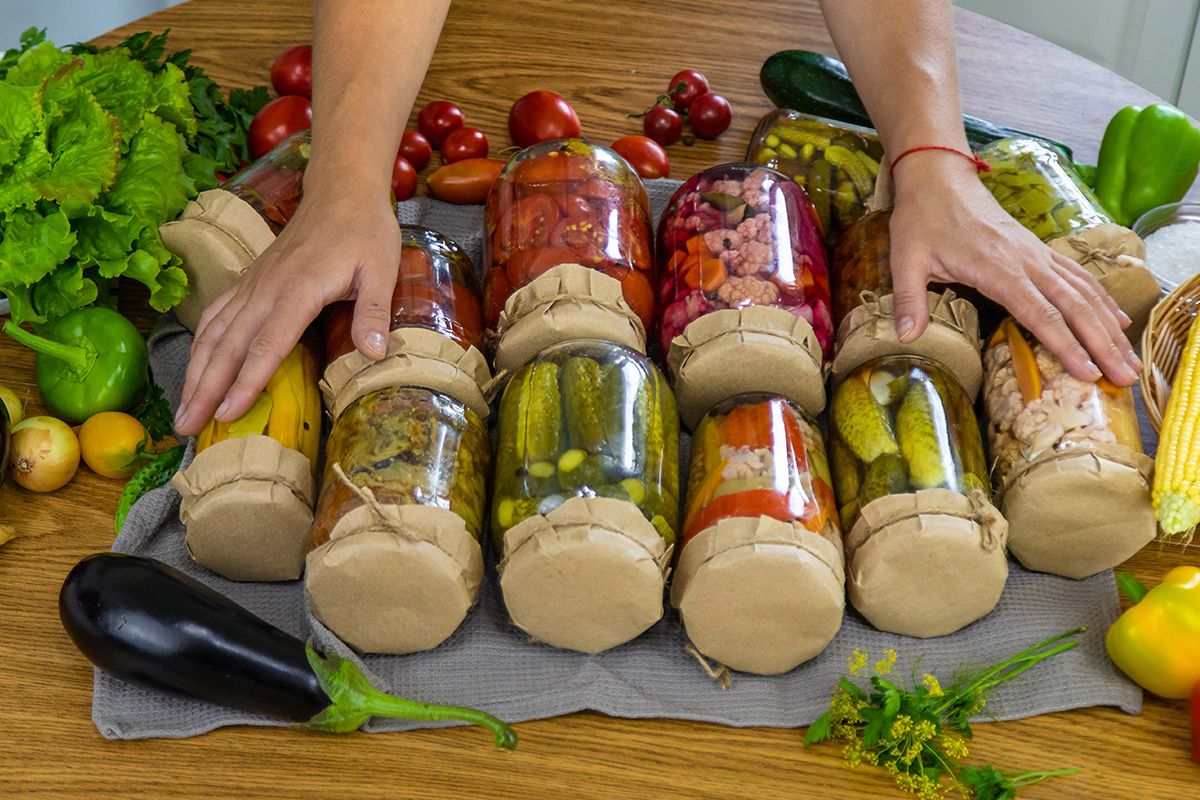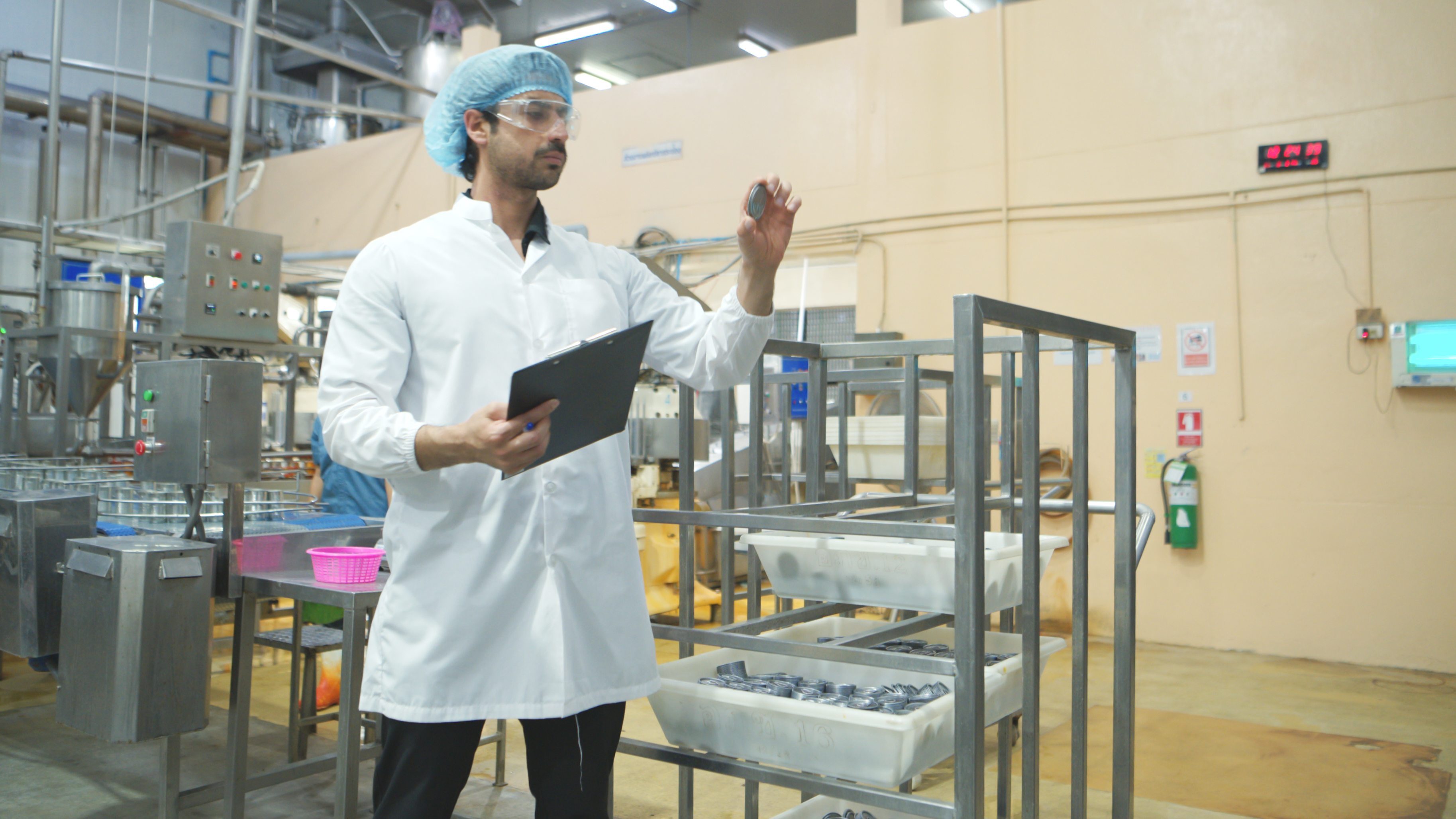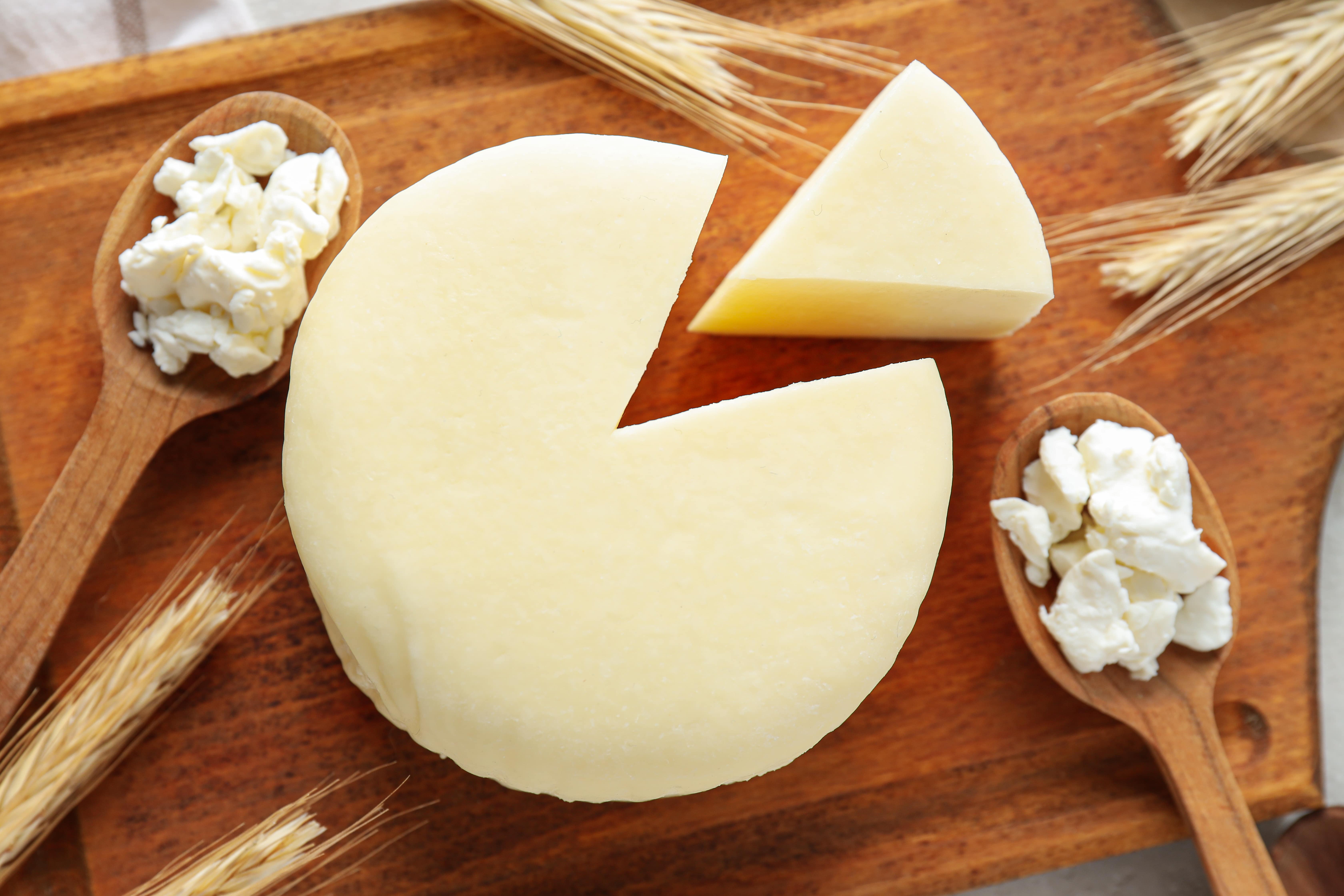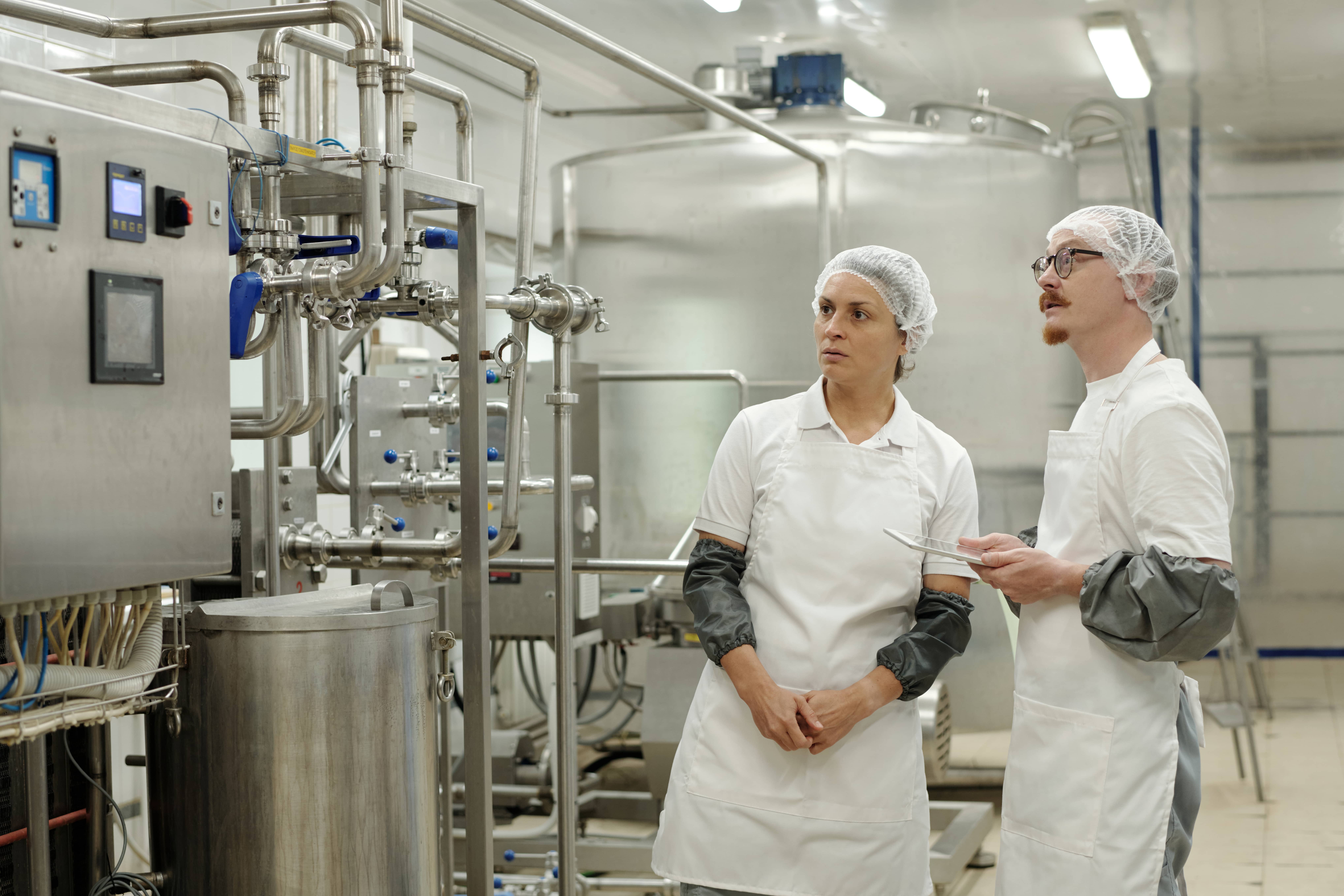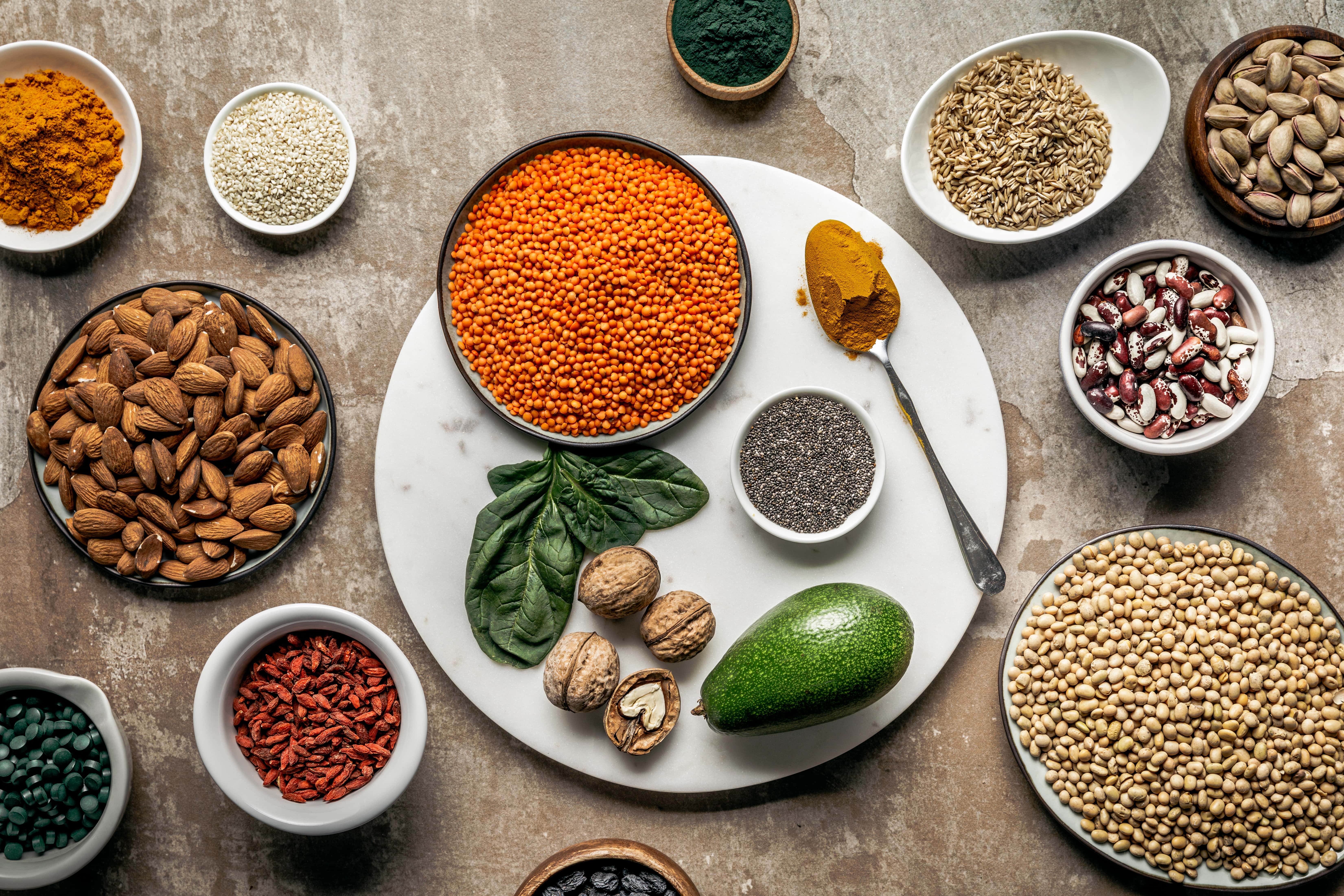Last Updated on November 20, 2025 by Admin
Today, food production and consumption patterns are studied more closely to see how they affect health and the environment. At a time when, on one hand, food is being wasted and, on the other hand, an alarming number of people are hungry, it becomes all the more important to understand about food production and the necessity of preserving food.
According to the FAO’s 2019 report, $400 billion worth of food is lost after it is harvested and before it gets to stores. The UNEP Food Waste Index Report also shows that an extra 17% is wasted in stores and by customers, mostly in their own homes. Surprisingly, all the food that is wasted and lost every year could feed 1.26 billion hungry people.
This shocking number shows the importance of food preservation as a key way to cut down on food waste and improve food security. This complete guide talks about why preserve food, looks into the types of food preservation and highlights the advantages of food preservation.
Understanding the Importance of Food Preservation
The importance of food preservation lies in its ability to let us use food for longer while keeping its health benefits, flavour, and safety. This age-old practice has changed along with technological progress.
Why Preserve Food?
Why preserve food? Food preservation helps maintain a constant food supply. It lets you enjoy seasonal foods year-round and also reduces food scarcity. It helps reduce food waste, a significant global issue, by allowing foods to last longer than their natural shelf life. Additionally, preserving food at the peak of its freshness ensures that its nutritional value is retained, contributing to better health outcomes.
Types of Food Preservation
The types of food preservation are diverse, each with its own set of methods and applications. Common methods are:

- Canning: Sealing food in airtight containers to prevent the growth of microorganisms.
- Freezing: Slowing down the activity of enzymes and the growth of bacteria by keeping food at sub-zero temperatures.
- Drying: Taking away the water from food stops the growth of bacteria, yeasts, and molds.
- Fermentation: Using microorganisms to convert sugars into alcohol or acids, which work as natural preservatives.
- Pickling: Preserving food in an acidic or brine kills bacteria.
Advantages of Food Preservation
The advantages of food preservation don’t just revolve around extending the shelf life of food products. It also includes:
- Enhanced Food Security: It provides access to various foods throughout the year, not just seasonally.
- Nutritional Retention: Many preservation methods retain most of the food’s original nutritional value.
- Economic Benefits: People can save a lot of money by preserving food because it cuts down on food waste and lets them buy in bulk and save it for later use.
- Sustainability: Food preservation reduces the need to constantly grow and transport fresh food, lowering the carbon footprint of nutrition usage.
Some Practical Tips for Food Preservation
If you want to keep food fresh here are some valuable tips:
- Start Small: Begin with simple methods like freezing or drying before moving on to more complex methods like canning.
- Use Quality Ingredients: Preserved food can only be as good as the ingredients. Always start with fresh, high-quality produce.
- Understand the Process: Each preservation method requires specific steps and conditions to be effective. Familiarize yourself with these processes to ensure safety and quality.
- Label Clearly: Always label your preserved foods with the date of preservation and the contents to keep track of what you have and ensure proper rotation.
Some of the Latest Preservation Techniques
- High-Pressure Processing (HPP): A method that uses high pressure to inactivate pathogens and enzymes without the need for high temperatures, preserving the nutritional and sensory qualities of food.
- Vacuum Packing: Vacuum packing in food preservation removes air from packaging. It slows down the oxidation process and extends food products’ shelf life.
- Irradiation: Uses ionizing radiation to destroy microorganisms, parasites, and insects in food, effectively extending shelf life and ensuring safety.
Why Food Preservation Training is Needed
- The training covers different types of food preservation methods like, canning, freezing, drying, fermenting, and pickling.
- It discusses the pros and cons of each protection method so that you can learn how to best use them.
- It helps you understand the importance of food preservation, including the science behind it, safety standards, and effects on nutrition.
- It focuses on how to use techniques for safe and effective food preservation in real-life situations.
How Training Enhances the Advantages of Food Preservation
- Proper training ensures that you know the risks associated with foodborne pathogens and how to mitigate them, making food safer to consume.
- Education on the advantages of food preservation helps you understand how different methods can affect the nutritional content of food.
- A solid foundation in food preservation helps individuals to experiment and innovate.
- Training helps people understand how preserving food reduces trash and the carbon footprint.
Who Can Use Food Preservation Training?
- Learning food preservation techniques allows home cooks to save money, extend the shelf life of their food, and enjoy seasonal produce year-round.
- Chefs, food product developers, and food service managers can innovate and improve various preservation methods.
- Farmers and producers can preserve their surplus produce, reducing waste and increasing profitability.
- Professionals involved in food research and development use preservation methods to innovate and create new products.
Read Also: Understanding Food Sustainability: Importance and Impact
Conclusion
The importance of food preservation is multifaceted, encompassing nutritional, economic, and environmental benefits. As we become more conscious of our food consumption patterns and their impact, understanding why preserve food, the types of food preservation, and the advantages of food preservation becomes increasingly crucial. Additionally, obtaining proper food certification equips individuals with the skills to implement preservation techniques effectively, making the food system more sustainable and health-focused.



